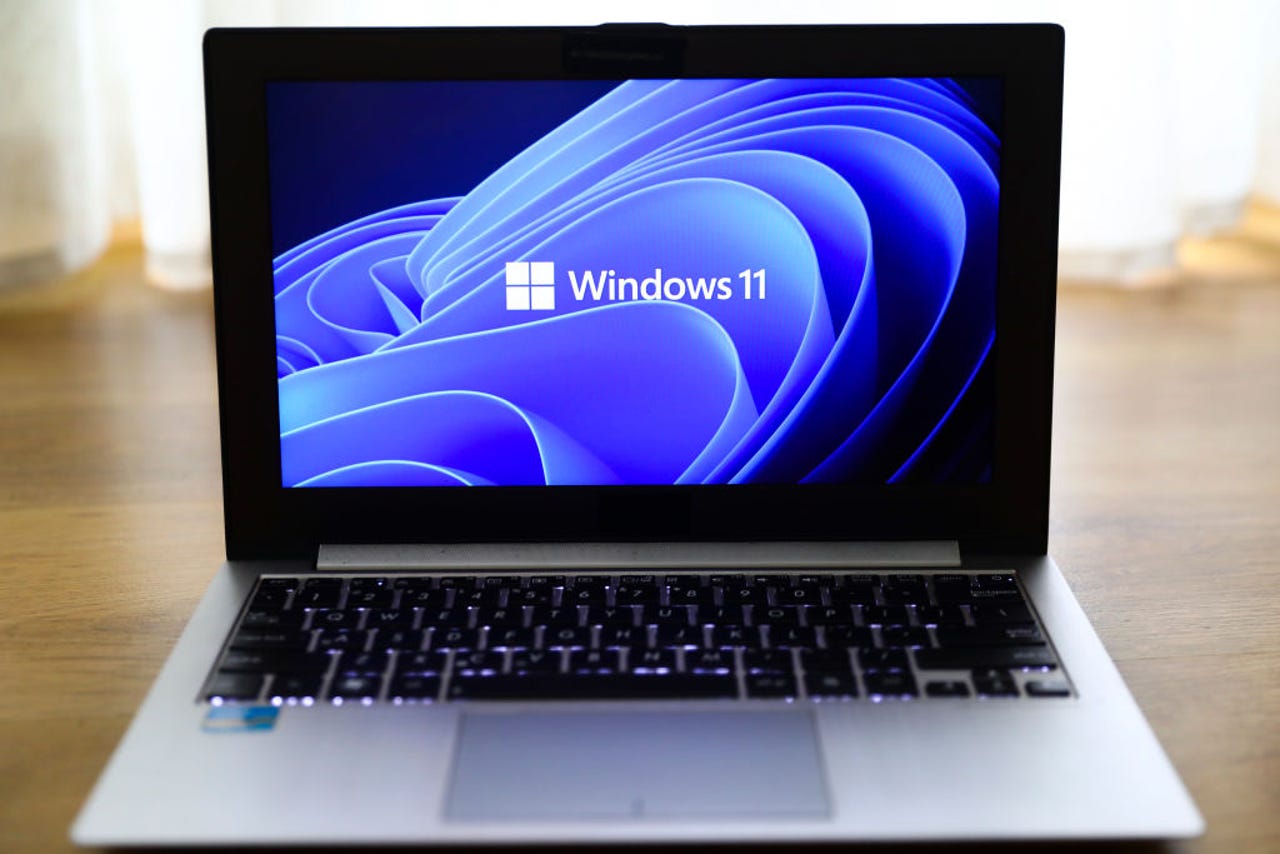
Microsoft is testing a way to further mismanage the Windows 11 Start menu: displaying icons for recommended apps. In a Friday blog post announcing the latest Windows 11 Insider Preview Build for the Beta channel, the company revealed that it’s “now trying out recommendations to help you discover great apps from the Microsoft Store under Recommended on the Start menu.”
Clicking the Start button in Windows 11 displays two sections in the Start menu — one for Pinned apps and one for Recommended apps. Icons for Microsoft Store apps could now potentially appear in the Recommended section.
Before you start hollering at Microsoft, the new ads will appear only for certain people. To be granted the honor, you need to be running Windows 11 Insider Preview Build 22635.3495 (KB5037000) and be enrolled in the Beta Channel for insiders. Even then, the feature is only rolling out to a small subset of Windows 11 Insiders. Plus, you must be using Windows 11 as an individual user. PCs that are considered commercial devices, meaning those managed by organizations, won’t be subjected to the ads.
Also: Windows 11 FAQ: ZDNET’s upgrade guide and everything else you need to know
Furthermore, disabling the ads is simple enough. If you’re running the required Windows 11 Insiders build and start seeing the recommended apps, here’s what you can do. Head to Settings > Personalization > Start. Turn off the switch for “Show recommendations for tips, app promotions, and more.” Here, you can also change the layout at the top of the screen to “More pins” (this will reduce the amount of space taken up by the Recommended section).
Just because the feature is popping up in a new Windows 11 Insider build doesn’t necessarily mean it will see the light of day for everyone. As Microsoft reminded us all in its blog post, the company regularly tries out new features that never get released. The idea is to test them out among Windows Insiders and gauge their feedback.
As a Windows Insider, I have some feedback, none of which is printable. Despite being a $3 trillion company with $227 billion in revenue in 2023, Microsoft apparently feels the need to eke out more money from Windows users by annoying them with ads.
This is far from the first time Microsoft has tried to pull this type of stunt.
The company has been adding ads to certain versions of Windows since the launch of Windows 8. Some of these take the form of banner ads. Others appear as recommended or promoted apps, a type of advertising that has popped up in Windows 10. When people complain, the company often, but not always, reverses course and proclaims that the ads in question were just an experiment.
To be fair, seeing an occasional recommended app in the Start menu isn’t the most obtrusive type of advertising. Still, that’s not the point. We already pay for Windows as part of the cost built into computers by PC vendors. We shouldn’t have to be subjected to ads as another way for Microsoft to squeeze even more revenue out of us.




















